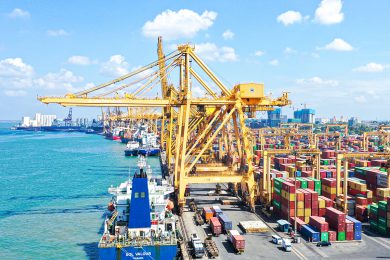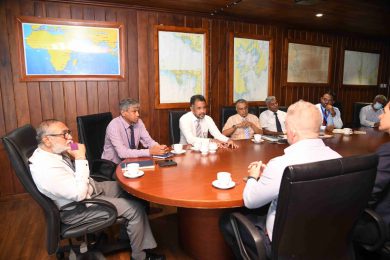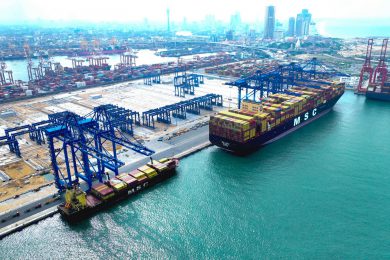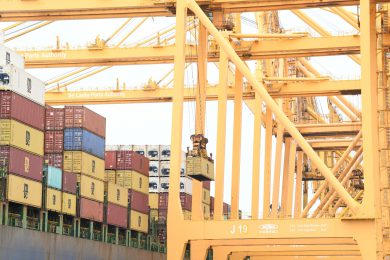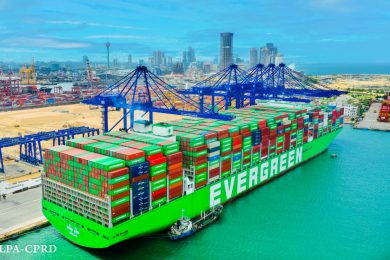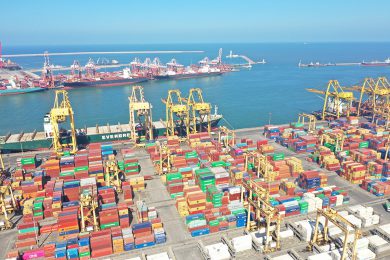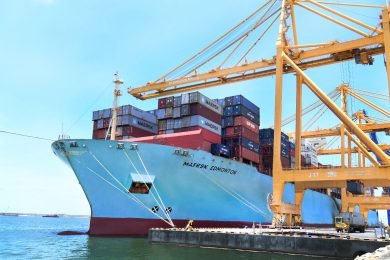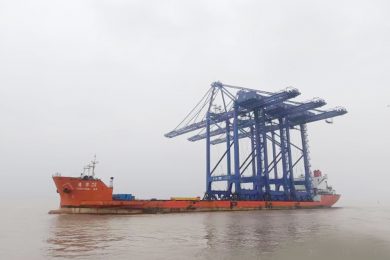Industry experts stress the importance of integrating cybersecurity with strategic foresight amid rising AI-driven threats.
As cybercriminals grow more sophisticated and deploy AI-driven tactics to infiltrate maritime systems, experts are calling for a deeper, more strategic use of digital heritage to future-proof the industry. This dual challenge and opportunity was highlighted in a pair of major insights—Marlink’s H2 2024 Security Operations Centre (SOC) report and an analysis by V.Group’s CIO Stephen Macfarlane, both featured in Ship Technology.
The Marlink SOC report revealed a sharp increase in cyber threat activity across the maritime sector, with nearly 2,000 vessels monitored and 9 billion security events logged over just six months. Among these were 718,000 alerts and over 10,700 malware incidents, often initiated through sophisticated email-based phishing campaigns and malware-laden links.
One of the most alarming trends, according to the report, is the rising use of generative artificial intelligence (genAI) by cybercriminals. These actors are leveraging large language models (LLMs) to automate phishing, craft malicious code, and exploit known vulnerabilities (CVEs) with increasing precision and scale.
“H2 2024 saw a marked evolution in cyber threats,” said Nicolas Furgé, President of Marlink Cyber, noting a shift toward structured, business-like criminal ecosystems. “Looking ahead to 2025, the cybersecurity landscape is expected to become even more complex, with increasing pressure on users to protect both assets and people.”
But defending against this new wave of AI-powered threats isn’t just about deploying more cybersecurity tools—it requires strategic foresight built on digital heritage, according to Stephen Macfarlane, CIO of V.Group. In commentary published by Ship Technology, Macfarlane emphasized the need to transform the vast volumes of maritime data into actionable intelligence.
“The real competitive advantage now lies in bridging historical understanding with sophisticated analytical capabilities,” he said. “The most successful maritime organisations will be those that move beyond data collection to systems that interpret and learn from it.”
This vision of digital heritage—a fusion of operational history, contextual awareness, and advanced analytics—is critical not only for cybersecurity but for broader operational decision-making. From predicting maintenance needs to navigating regulatory shifts like decarbonisation, Macfarlane argues that organisations must integrate data across all facets of operation to remain resilient.
The Ship Technology feature also highlighted the so-called data flywheel effect, where improved data usage generates better insights and further optimised performance—be it in fuel consumption, crew management, or threat response.
To meet these challenges, Marlink has expanded its suite of solutions, including the recent launch of its External Attack Surface Management (EASM) tool, aimed at proactively detecting and addressing cybersecurity risks.
As both reports underline, the maritime sector stands at a digital crossroads. Cybersecurity threats are accelerating, but so too are the tools and strategies available to counter them. Those who invest in turning their digital heritage into strategic foresight—as advocated by Macfarlane and supported by Marlink’s operational intelligence—will lead the way in navigating a safer, smarter maritime future.



